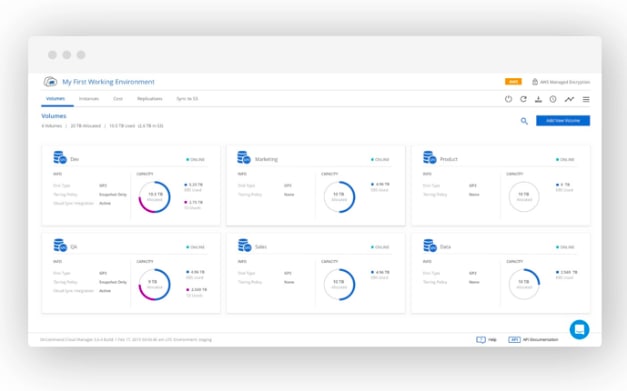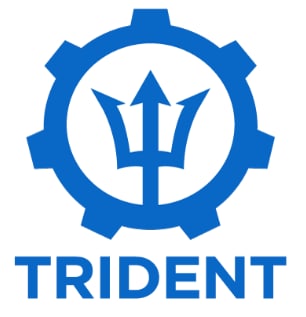Cloud Volumes ONTAP: Experience the Benefits of ONTAP Across Azure, AWS, and GCP


Sean Luce
 Cloud Volumes ONTAP[/caption]
Cloud Volumes ONTAP[/caption]
NetApp has recently announced Cloud Volumes ONTAP (CVO) for Google Cloud Platform (GCP). This makes CVO available on all three major cloud platforms: Microsoft Azure, Amazon AWS, and Google Cloud Platform.
What is CVO?
Cloud Volumes ONTAP (CVO) is a virtual ONTAP instance that lives in the cloud. CVO supports all of the features that your traditional on-premises ONTAP array provides to make your data more available, agile, and efficient. Yes, I’m talking about features like FlexClone, deduplication, SnapMirror, and SnapRestore. CVO was already available on Amazon AWS and Microsoft Azure public clouds, but now, NetApp has announced support for Google Cloud Platform (GCP). That’s right, NetApp is allowing you to choose from any of the three major cloud providers. Run CVO where it makes sense for your business, users, or applications. Need multi-cloud availability for your data? No problem. Replicate your data between CVO instances in two different public clouds using SnapMirror.
Why CVO?
One of the most common use cases for CVO is disaster recovery for your on-premises workloads. Maybe you don’t have a secondary site, or maybe you are looking to reduce your data center costs. CVO is the perfect solution. Use a variety of technologies to replicate your primary workloads to a CVO instance. You get instant offsite disaster recovery. Maybe you’re thinking, “But I don’t have an ONTAP based array as my primary storage!” No problem. Using CloudSync, you can replicate data from non NetApp sources as well.
Disaster recovery is great, but what else can CVO do?
CVO isn’t just for disaster recovery. With protocol support for iSCSI, SMB, and NFS, CVO can provide storage for your born-in-the-cloud applications while reducing your cloud spend. Storage efficiencies that are built into ONTAP can cut down on your storage footprint and costs by up to 70%.

Persistent storage for Docker and Kubernetes. It’s 2019, if a blog post doesn’t contain Docker and Kubernetes, does it even exist? Nope. If you haven’t heard of NetApp’s persistent storage plugin, Trident, stop reading this and go check out one of the demos.
I know, I know, amazing, right? But, does CVO support Trident, you ask? Yep, it sure does! I like to call Trident the easy button for container persistent storage. With CVO for GCP, that easy button can be pushed from anywhere: on prem, Azure, AWS, and GCP!
I have also heard of CVS… how is this different from CVO?
Excellent question! CVO is a virtual machine-based instance of ONTAP (think IaaS) that you manage in a similar way you would an on-premises FAS or AFF array. You’ll need to deploy the ONTAP instance, manage volumes, logical interfaces, etc. CVS (Cloud Volumes Service), is a fully managed service (PaaS). The ONTAP stuff is managed behind the scenes, you only need to worry about creating and connecting to NFS and/or SMB endpoints. Nothing else to manage, just provision and go.
Sean Luce
Sean is a senior advanced services engineer at Trace3 based in Grand Rapids, MI. He is responsible for designing, integrating, and implementing enterprise cloud and storage solutions from NetApp, VMware, Azure, AWS, and other industry-leading technology companies. When he’s not managing enterprise storage, he’s at home managing his three young children…or trying to, anyway.